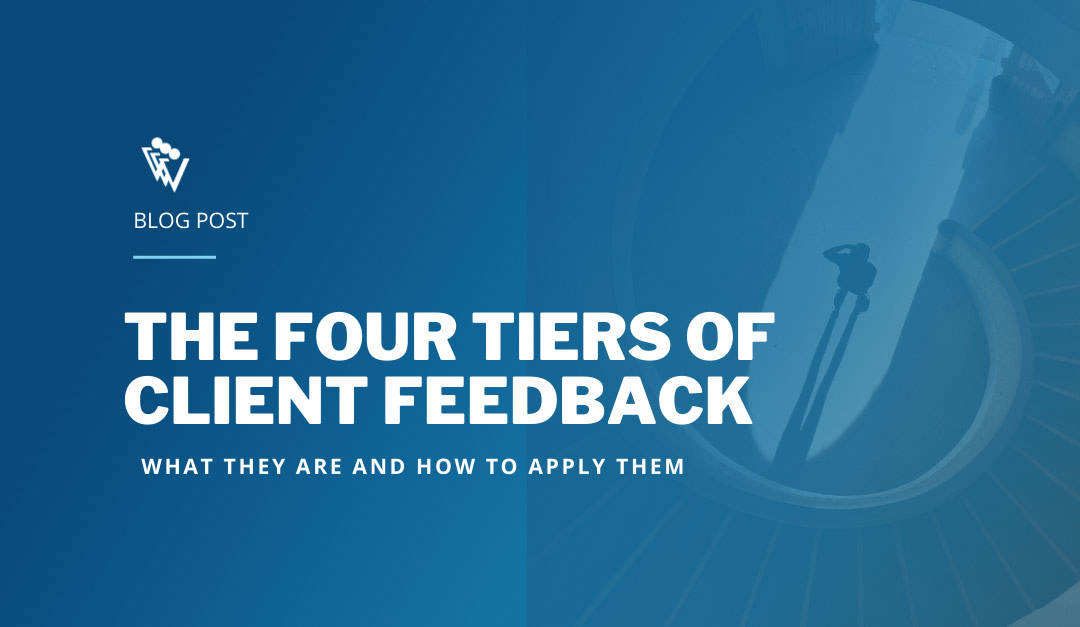You're a professional services leader that knows it's important to optimize client feedback for your firm. However, you’re not sure what the best strategy is to create the best outcomes. Or maybe your firm has a feedback strategy, but the program in place just isn’t delivering great results. It seems to be more of a “check the box” initiative than an operational discipline. Regardless, the good news is that you're not alone!
At Client Savvy, we get questions like these all the time:
- How often should I ask for feedback
- How many questions should I ask?
- Should I give free rein to send feedback requests or have more of a structure in place?
- How much is too much?
- How do I build adoption with our team and/or buy-in from leadership?
- I have so many different types of engagements that are different lengths of time, how do I manage that?
These are just a few of the most frequently asked questions Client Savvy hears. This article contains what we've found based on hundreds of Voice of the Customer (VoC) programs we've developed and implemented for professional services firms. Additionally, with17 years of working with nearly 500 firms, we've found that in order to optimize customer feedback successfully requires is a four-tiered approach.
Allowed
The most successful firms we work with ALLOW anyone to solicit feedback, anytime, in a way that makes sense to their situation. Doing so provides provides more insights across the organization, and optimizes that Client Experience. Furthermore, this “allowed” feedback approach empowers progressive client-based firms to push the boundaries of client intimacy.
With that said, firms can now enable and empower individuals to solicit feedback that is mutually beneficial. It reinforces the advantages of having open-ended conversations about how projects are progressing, and expectations being met. More feedback leads to more communication and collaboration. And, proactively asking for feedback encourages clients who may be reluctant to share any concerns they have been hesitant to share.
Encouraged
Firms should also ENCOURAGE specific feedback cadences and interactions, typically around Critical Moments of Truth (CMoTs). All firms have a diversity of projects, clients, and portfolios. With that said, there's rarely a “one size fits all” approach feedback. As such, we suggest developing a menu of places for targeted listening and messaging. Do this carefully across the organization to encourage feedback optimization.
Prescribed
Some CMoTs are so pivotal, they fall into a PRESCRIBED category. The difference here is that firms apply tracking and accountability to these listening events. Often, to avoid the administrative burden of managing accountability/participation, firms can automate feedback. They do this either with internal systems or external support.
A firm makes project closeout feedback request standard operating procedure for all projects over a certain dollar value. With that, systems exist to track contracts, projects, and percent billed. This is one CMoT that is easy to ensure nearly universal inclusion to optimize client feedback programs.
Checking in following the initial kickoff, at the midpoint review, or at project close-out are all examples of prescribed feedback. For the project to proceed smoothly, it’s important to elicit feedback from every stakeholder at critical inflection points. Identify inflection points by talking with clients and identifying where projects may have veered off course in the past.
Required
Finally, firms need to designate a REQUIRED cadence for feedback for ALL clients. Most firms close this gap with an annual “baseline” client perception study. In this effort, every key client contact is polled for their perceptions. Detached from a specific project, this request focuses on the higher-level relationship between the two organizations.
Required feedback helps identify any CX gaps that may have arisen since the last required feedback took place. Additionally, results from these surveys help firms understand how the perception of the firm is trending. Which enables identification and correction if perceptions and expectations are not being met.
By designing and implementing a flexible and comprehensive client listening approach, firms leverage existing systems, data sources, cultures, and thought leaders. They maximize insights gained from clients and convert those insights into higher business value for their firms.
Click here to read Getting Started with Electronic Feedback or Client Feedback on Purpose: Creating a Strategy that Drives Change and Profits





